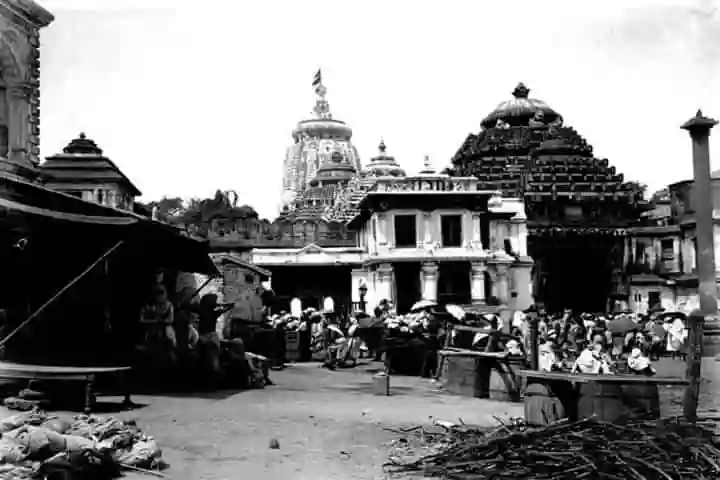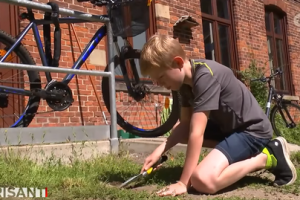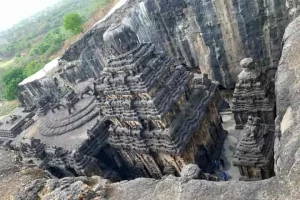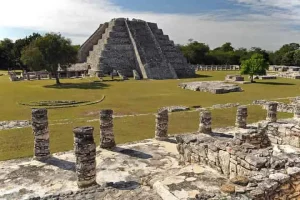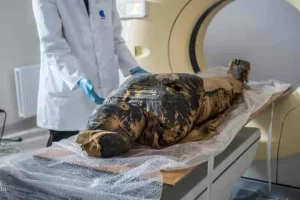It may read like the script of the Indiana Jones’ movies but it is true as teams of archaeologists fanned out to search for treasure at the Emar Mutt. The monastery is located in the south western side of the 12th Jagannath Mandir in Puri, Odisha.
Armed with metal detectors the team is looking for the lost hoard following a request from the Mahant of Uttarparshwa Mutt, Narayan Ramanuj Das, who is the head of the Mutt.
The State Archaeology Department has formed a special team for this important assignment and they in the presence of Shree Jagannath Temple Administration (SJTA) officials; District Collector of Puri, Samarth Verma; Puri Superintendent of Police, KV Singh and trust member of the Emar Mutt, commenced the search in the Mutt premises last week on September 16.
Giving a status update, the Sub-Collector of Puri, Bhabataran Sahu said: “As of now, no material was detected during Thursday’s inspection. We will take appropriate action on the report of the technical team which scanned the premises."
Historians and Mutt authorities believe that there are valuables hidden in the monastery premises. Lending credence to this belief is the fact that twice earlier treasure troves had been discovered there.
The police in 2011 came across 522 silver ingots inside the Mutt. Weighing 18 tonnes their worth was Rs.90 crore. This year in April 45 more silver ingots weighing nearly 35 kilograms were located inside the Mutt. Besides this, a silver tree and silver flowers, nearly 16 antique swords, and a bronze cow sculpture were also found.
All the valuables recovered in earlier searches are now kept safely in the State Treasury in Puri and guarded by armed police.
The information about the hidden treasures came to light when 10 years ago, two masons who worked there during renovation were apprehended by the Dhenkanal police while trying to dispose of two silver ingots weighing more than 30 kilograms. They confessed stealing the valuables and this led to the discovery of the silver ingots stashed in a room.
The Mutt was established by Ramanujacharya in 1050 when he came to Puri with Govindacharya as the first pontiff who was given the name Emperumannar, which means my lord in Tamil. When a section of disciples raised objection to the name as they argued that by referring to the pontiff as “my lord” they were insulting their Guru and Narayana, so Ramanuja changed the name to Embar. Incidentally, Govindacharya was a cousin of Ramanuja.
The Mutt worships Lord Rama, Lady Sita and Lord Laxman.
Eighteen mutts were established by Ramanujacharya and they all are linked to the Shree Jagannath Temple.
The Mutt including the famed Raghunandan Library, spread over five acre of land, was demolished in August 2019, for beautification of the pilgrim town.
Emar Mutt after demolition (Pic. Courtesy Twitter/@BiswalAnil)
Speaking to the news agency PTI about the treasure, archaeologist and historian Anil Dhir said that according to his research on the Great Orissa Famine of 1866 he had gathered conclusive evidence that the silver ingots were part of the payment made by the British authorities to various Mutts for rice purchased from them during famine years. Significantly the Emar Mutt was among the biggest landowners of the period and had overflowing granaries.
Dhir also said Emar Mutts at Sakhigopal and the Old Town of Bhubaneswar should also be surveyed properly for buried treasures.






